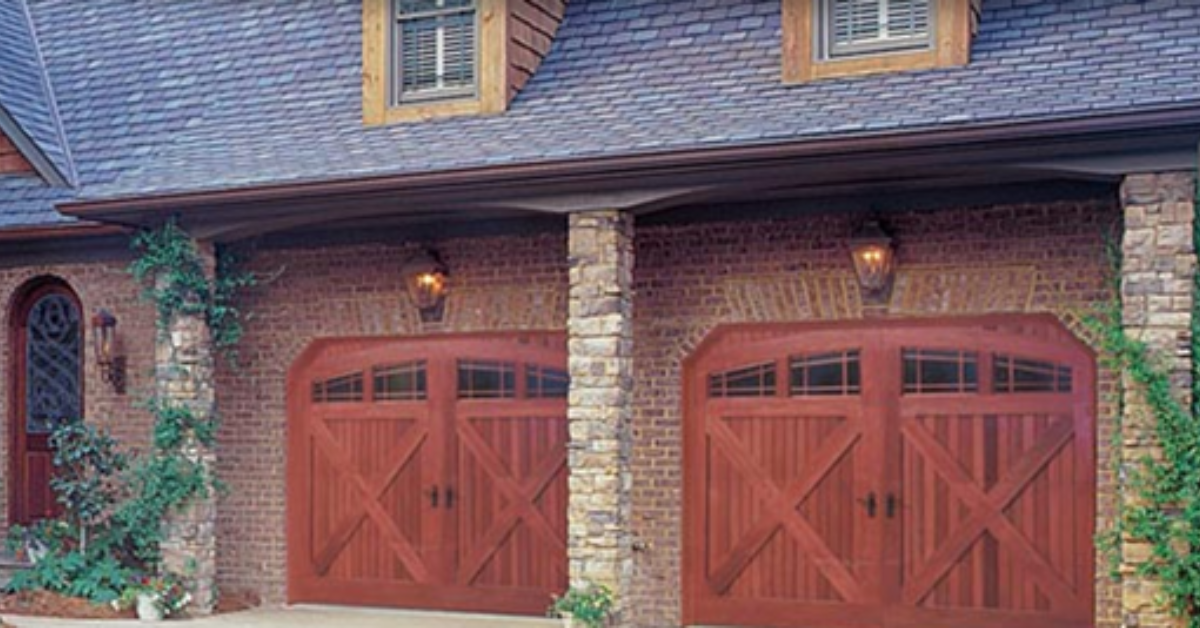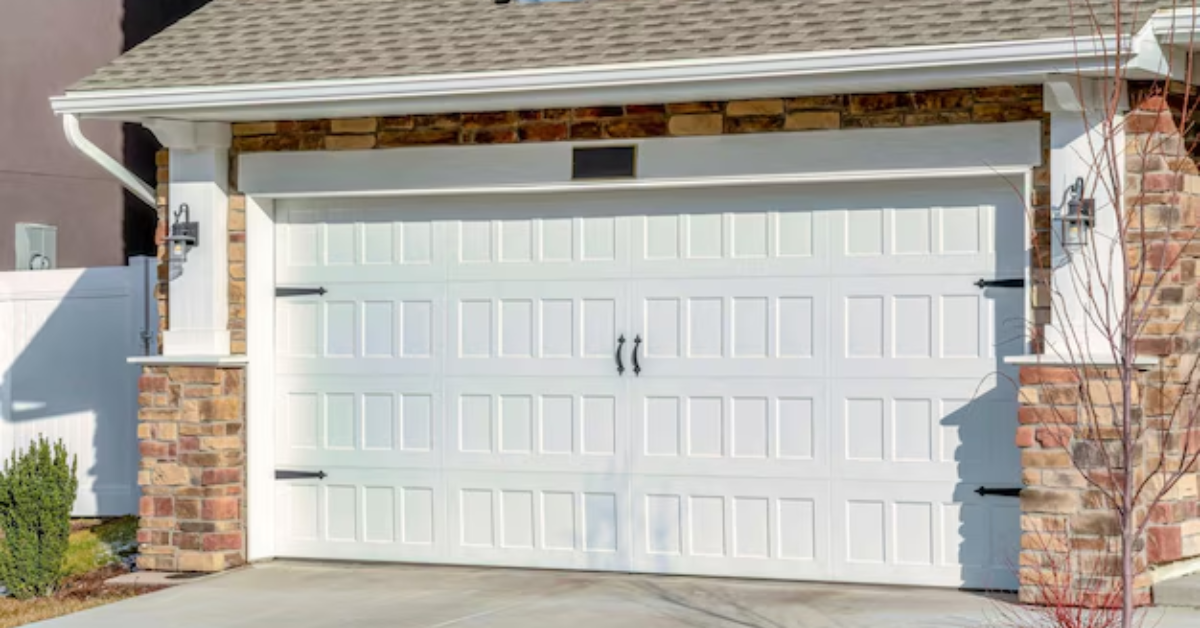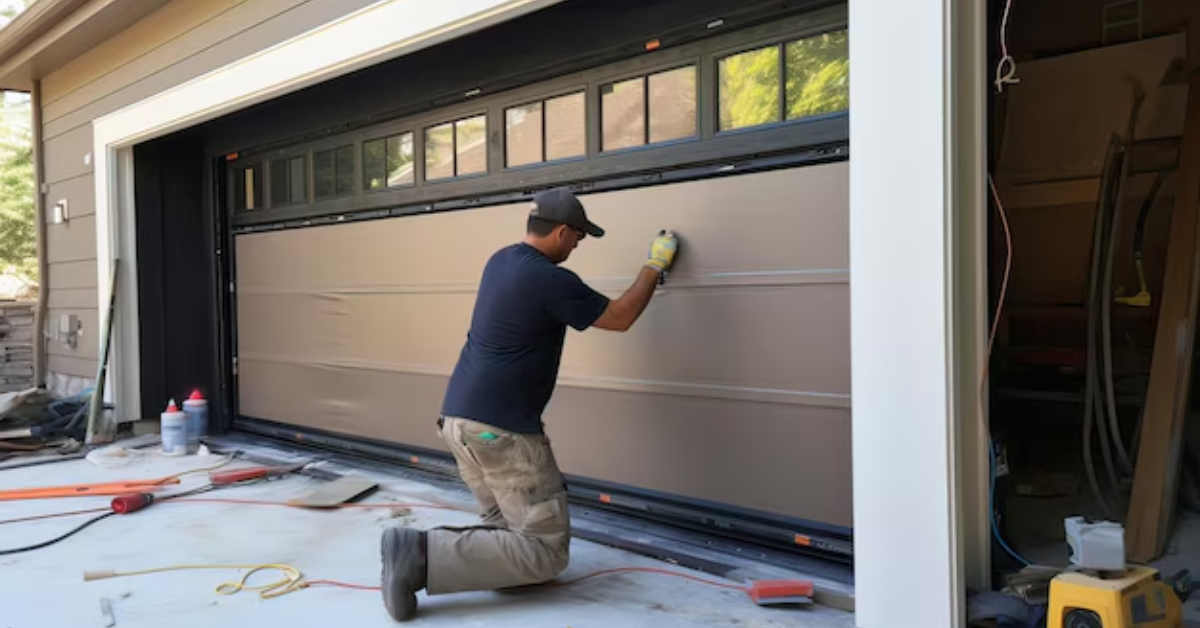How To Insulate A Wooden Garage Door?
Insulating a wooden garage door can significantly enhance your garage’s energy efficiency, improve temperature regulation, and reduce noise. The garage is often one of the most overlooked areas in a home when it comes to insulation, yet it plays a crucial role in maintaining a stable indoor environment. Without proper insulation, your garage can become an energy drain, causing your heating and cooling systems to work harder and increasing your utility bills.
An uninsulated garage can become uncomfortably hot in the summer and freezing cold in the winter, making it an unpleasant space to work in or use for storage. By following a detailed guide on how to insulate a wooden garage door, you can achieve these benefits and create a more comfortable, functional space that contributes to the overall efficiency and comfort of your home. This article will provide a comprehensive, step-by-step process for effectively insulating your wooden garage door, ensuring you get the best results and long-term benefits.
Why Insulate Your Wooden Garage Door?
Energy Efficiency: Insulating your wooden garage door helps maintain a stable temperature inside your garage, reducing the need for additional heating or cooling. This leads to lower energy bills and a more environmentally friendly home.
Temperature Regulation: A well-insulated garage door keeps your garage warmer in the winter and cooler in the summer. This is especially beneficial if your garage is attached to your home, as it can help regulate the temperature of adjacent rooms.
Noise Reduction: Insulation adds an extra layer of soundproofing, which is particularly useful if you use your garage as a workshop or a recreational space. It helps block out external noise and keeps the sounds from within the garage from disturbing the rest of the house.
Materials Needed for Insulation
Before beginning the insulation process, gather the following materials:
- Rigid Foam Insulation Boards: These boards are lightweight, easy to cut, and provide excellent insulation.
- Insulation Tape: Used to seal the edges of the insulation boards.
- Adhesive or Insulation Glue: To secure the insulation boards to the garage door.
- Utility Knife: For cutting the insulation boards to the correct size.
- Measuring Tape: To ensure precise measurements.
- Safety Gear: Gloves and safety glasses for protection during the installation process.
Step-by-Step Guide to Insulating Your Wooden Garage Door
- Start by measuring the width and height of each panel on your garage door. Accurate measurements are crucial to ensure the insulation boards fit snugly.
- Using the utility knife, cut the rigid foam insulation boards to match the dimensions of each garage door panel. Be sure to cut the boards slightly smaller than the panel size to allow for easy insertion and to accommodate the insulation tape.
- Apply adhesive or insulation glue to the back of the insulation boards. Carefully press each board into place on the garage door panels. Hold the boards in place for a few minutes to ensure a secure bond.
- Once all the insulation boards are attached, use insulation tape to seal the edges. This step is essential to prevent any gaps that could allow air to escape or enter, compromising the insulation’s effectiveness.
- Inspect the entire garage door to ensure there are no gaps or loose edges. If you find any, use additional insulation tape or adhesive to secure them. A thorough inspection guarantees maximum insulation performance.
Additional Tips for Effective Insulation
- The joints where the garage door panels meet are potential weak spots for heat loss. Apply weatherstripping or foam tape along these joints to enhance the overall insulation.
- Install weatherstripping around the perimeter of the garage door to seal any gaps between the door and the frame. This prevents drafts and enhances the insulation's effectiveness.
- For an even more comprehensive insulation solution, consider using a garage door insulation kit. These kits often include all the necessary materials and instructions for insulating your garage door, making the process more straightforward.
Maintaining Your Insulated Garage Door
Regular Inspections: Periodically inspect your insulated garage door for any signs of wear and tear. Check the insulation boards, tape, and weatherstripping to ensure they remain intact and effective.
Clean the Garage Door: Keep your garage door clean to maintain the insulation's effectiveness. Dirt and debris can damage the insulation materials and reduce their efficiency over time.
Replace Damaged Insulation: If you notice any damaged or deteriorating insulation, replace it promptly. Maintaining the integrity of your insulation is crucial for continuous energy savings and temperature regulation.
Conclusion
Insulating your wooden garage door is a practical and cost-effective way to enhance your garage's energy efficiency, temperature regulation, and noise reduction. By following the steps outlined in this guide, you can achieve these benefits and create a more comfortable and efficient space. Investing in proper insulation materials and taking the time to install them correctly will pay off in long-term savings and improved home comfort.




